How complicated is it to work on a listed building
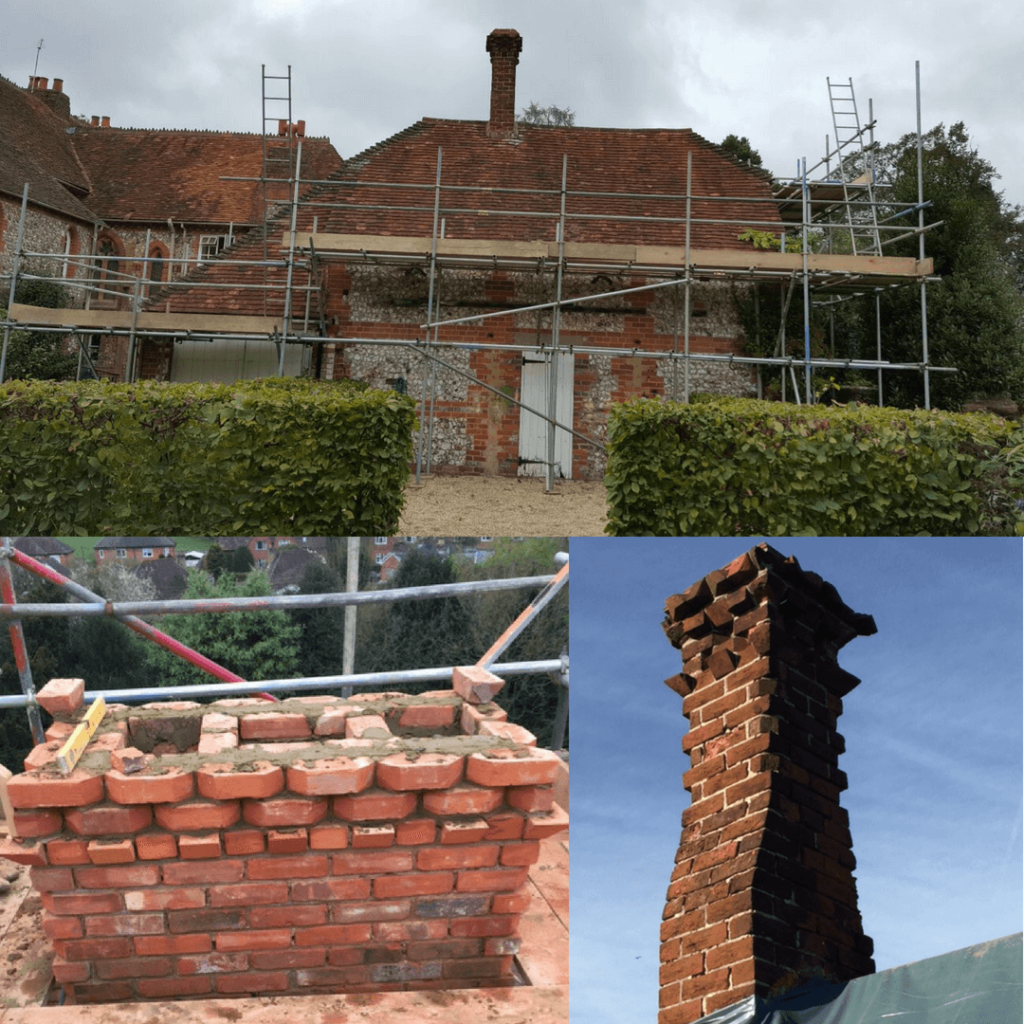
Whether you want to replace a single broken roof tile or build an extension, the correct specification of materials is vital to any work on listed and conservation area buildings. But you’re not on your own: there are set procedures to follow and experts who can guide you through them and help you assess everything […]
Which Projects will add value to my home?
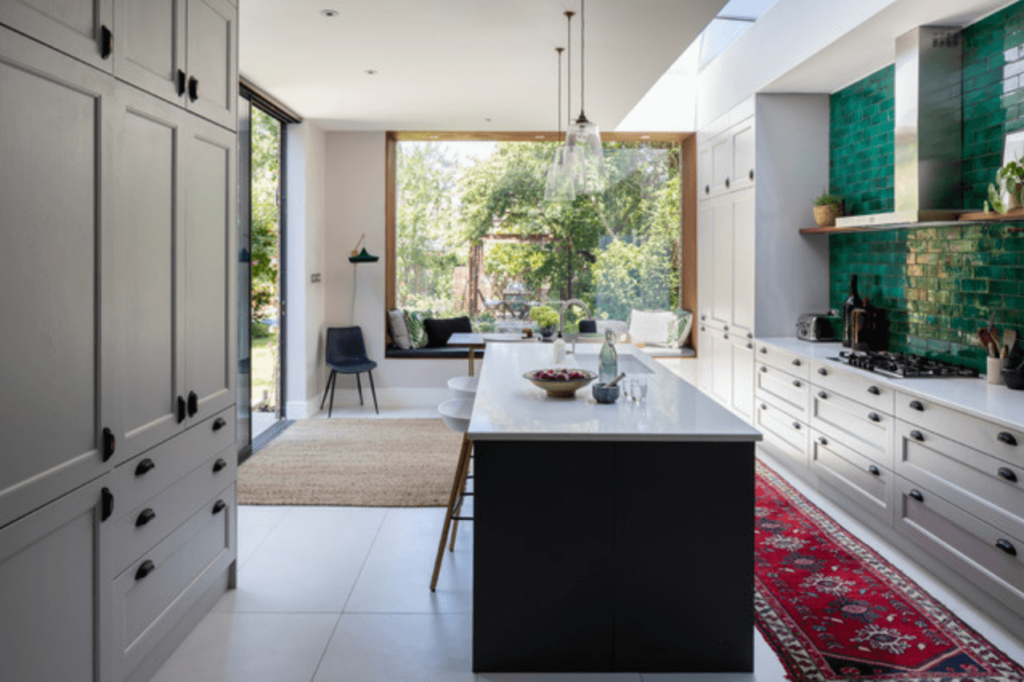
We all want to add value to our homes. After all, property is one of the best investments so we should make the most of it. Whether you live alone in a one bedroom flat, or with your growing family in a 4-bedroom new-build house, there are always ways of making your home work harder […]
This genius idea will make wine lovers want to cut a hole in their floor
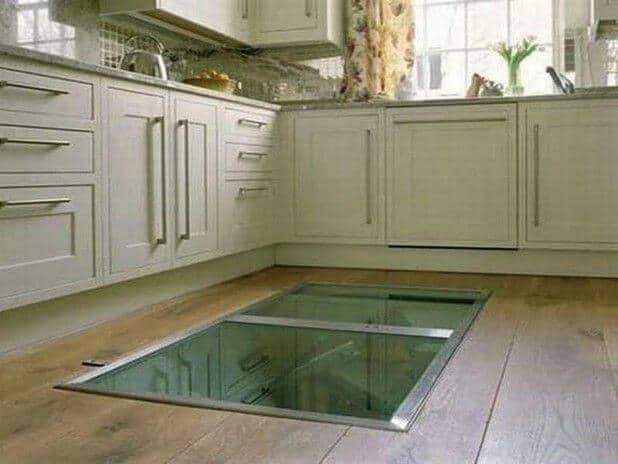
Homes should be as unique as their owners.SDA Build London have added cinema rooms, swimming pools and even a private art gallery to people’s homes. But this might be the most compelling home-improvement we have seen in a while.Every wine lover’s dream is to have a cellar with all their collected bottles neatly categorised and […]
Basement Excavations and Conversions in Chelsea and Westminster
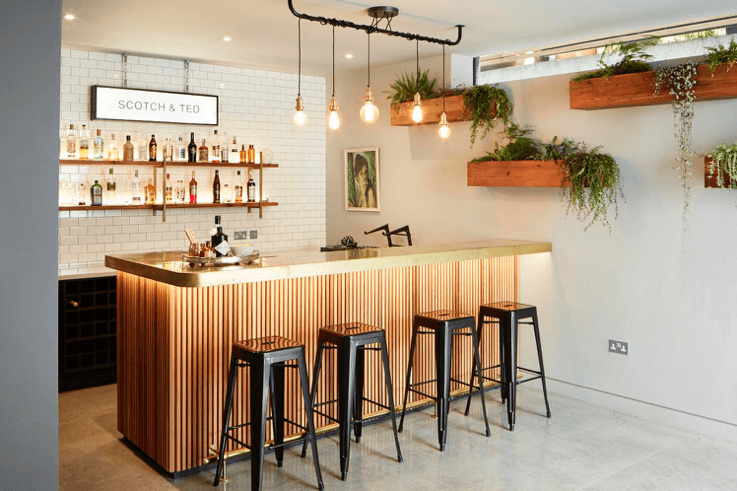
If you live in the Chelsea & Kensington area, then you know that it’s all about basements. You’ve probably seen your friends and neighbours, like Jemima Khan and Andrew Lloyd undertake home renovation projects with basements excavations and conversions.In fact, according to an article in the Telegraph, a few years ago, developer Alan Waxman built […]
Basement in Chelsea … How much should I budget?

The title of this article is wrong. The words ‘budget’ and ‘Chelsea’ cannot be in the same sentence. If you are considering building a basement in the Chelsea or Kensington areas, we recommend that you forget the word ‘budget’ and instead channel words like ‘luxury’, ‘bespoke,’ ‘unique’ and ‘classy.’Up until recently, the building of basements […]
10 Steps to Finding the Perfect Windows for Your Home
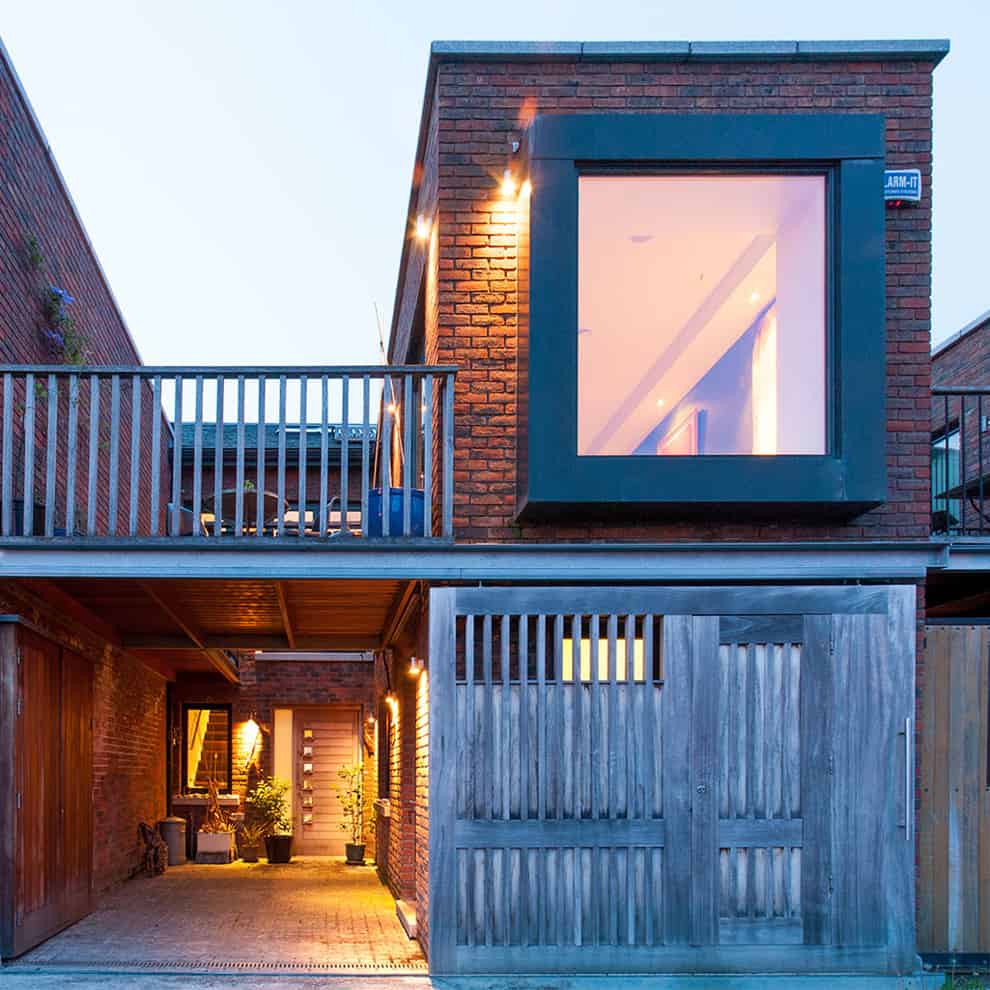
There’s no doubt that choosing windows can be one of the most daunting elements of any project, but getting them right is crucial. Have you ever noticed how different your room looks when you pull back the curtains or open your blinds? Windows are magical when it comes to improving the look of a room. […]